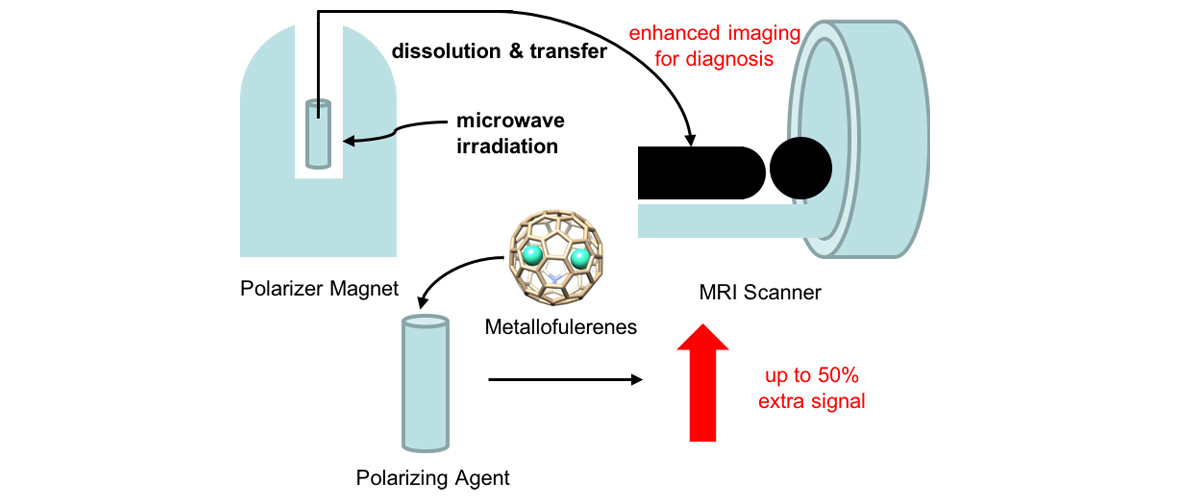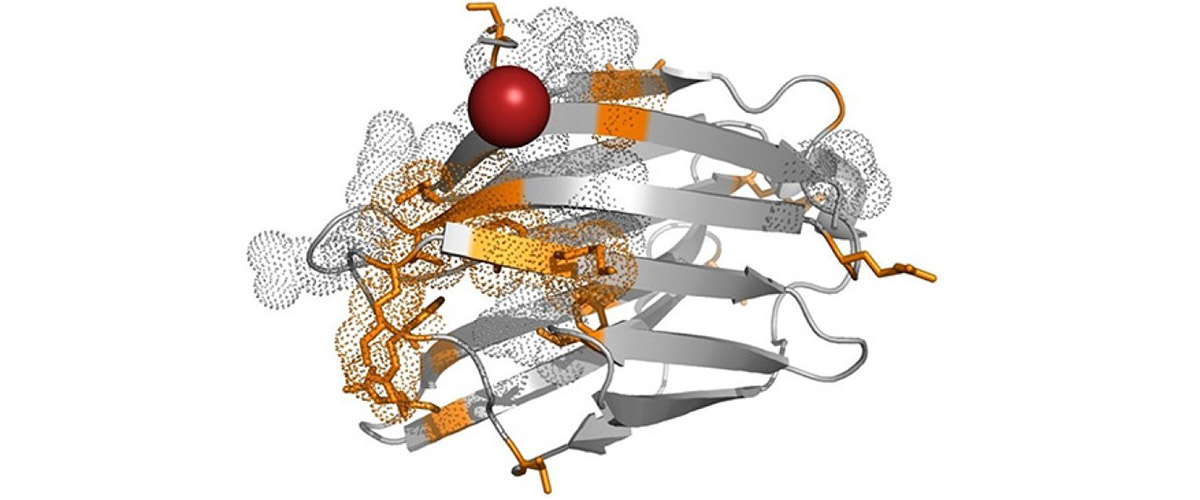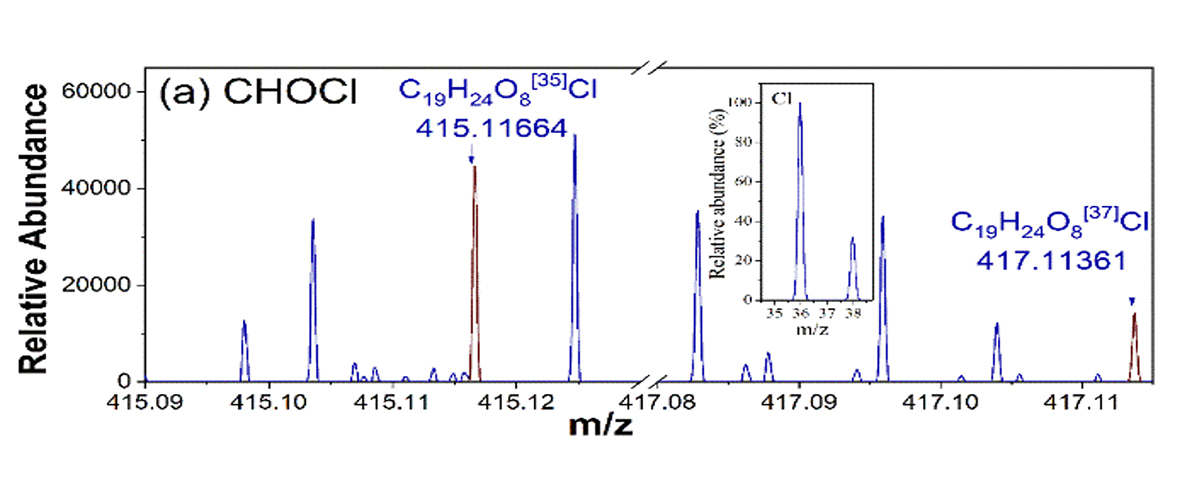What did the scientists discover?
Magnetic resonance on deuterium atoms can be used to detect the rate of metabolism of glucose - a novel technique to discern between cancerous and normal liver cells that avoids the impact of radiation on the body required by PET scans.
Metabolic conversion within the body of glucose results in the creation of deuterated water (HDO). HDO production correlates well with glucose uptake. Magnetic resonance can detect HDO and, thus, readily distinguish the metabolism of healthy versus cancerous liver cells through their different rates of glucose consumption (see Figure).
Why is this important?
The present state of the art for cancer diagnosis is PET scanning, which uses radioactive nuclei. This new technique avoids the deleterious impact of radiation on the body, possibly enabling repeated measurements to track the response of cancer to treatment and potentially extending these diagnoses and studies to children too young for PET scans.
Magnetic resonance imaging (MRI) does not use radioactive isotopes. This new technique could track aggressive cancers (such as human glioblastoma) in a way that avoids the deleterious impact of radiation on the body. MRI could change future cancer treatments by enabling repeated measurements to track the cancer progression and response to treatment and potentially extending these diagnoses and studies to children too young for PET scans.
Who did the research?
Rohit Mahar1, Patrick Donabedian1, and Matthew E. Merritt1
1Department of Biochemistry and Molecular Biology, College of Medicine, University of Florida, Gainesville, FL
Why did they need the MagLab?
A specialized NMR cryoprobe can detect 2H nuclei with high sensitivity at 14.1T, allowing the tracking of glucose metabolism in real time in live cell cultures. The MagLab’s AMRIS Facility, in conjunction with the strong NMR technique experience of the AMRIS staff, enabled the acquisition of quantitative plots showing the correlation of HDO production to glucose consumption.
Details for scientists
- View or download the expert-level Science Highlight, Deuterium Magnetic Resonance Can Detect Cancer Metabolism by Measuring the Formation of Deuterated Water
- Read the full-length publication, HDO production from [2H7]glucose Quantitatively Identifies Warburg Metabolism, in Nature Scientific Reports.
Funding
This research was funded by the following grants: G.S. Boebinger (NSF DMR-1644779); NIH P41-122698, 5U2CDK119889, and NIH R01-105346.
For more information, contact Joanna Long.



![Metabolism pathways of [2H7]glucose (green stars), with red dots marking the presence of 2H, and larger dots indicating two 2H atoms. Note that HDO (gold stars) can be produced at multiple steps in the glycolytic pathway.](/media/mnyndfnd/august2020_amris_cancer_metabolism.jpg)


